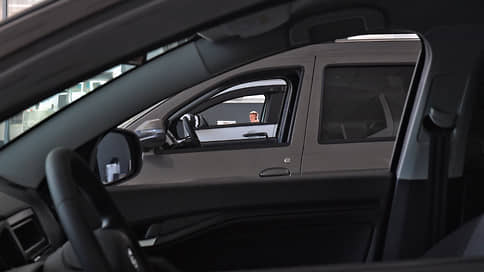Banking market participants expect stabilization of prices for new and used cars
[ad_1]

In 2024, market participants expect the growth rate of car loans to level out in the segments of new cars and used cars. According to their estimates, growth could be 10% versus 20–40% a year earlier. The situation in the car market has stabilized, the problem of car shortages has been largely resolved. However, further growth in the size of car loans creates additional risks for banks.
In 2024, market participants expect the growth rate of auto loans in the new and used car segments to level out. The situation with the growth of the average bill in 2024 will stabilize, and the growth will be no more than 10%, estimates Vyacheslav Yakubchik, head of the development department of affiliate programs and strategic segments of Rosbank Auto. “This is due to the saturation and stabilization of the car market. Manufacturers are already actively offering additional discounts on cars in the fight for customers, which partially compensates for the inflationary increase in cost,” he explains.
In 2023, the average used car loan bill grew faster than the average new car loan bill. Thus, according to Otkritie Auto, the average loan for a new car was 1.95 million rubles, 34% higher than in 2022, for a used car – 1.48 million rubles, an increase of 45%. In Rosbank last year, the average loan amount for new cars increased by 14%, for used cars – by 25%.
This year, the growth in the amount of credit for both new and used cars will depend on the relationship between supply and demand in the market and subsequent changes in vehicle prices, on the volume of government support, on subsidies from automakers, dealers, on the monetary policy of the Central Bank, etc. , concludes the head of Otkritie Auto, Marina Dembitskaya. So, for example, within the framework of the preferential car loan program, we can expect to see a decrease in the average bill due to the traditionally lower price tag of the brands included in the program, she adds.
Unlike the situation in 2023, when there was a shortage of car supply on the market, in 2024 the price increase has already generally materialized, market participants believe.
“The main factors for increasing the cost of new cars were already reflected last year, and now only an organic increase is expected. In conditions of equalization of prices in the car market, the “gap” in the average size of a car loan between segments will decrease,” VTB notes.
“In 2024, the market will grow by no more than 10–15% (see “Kommersant” dated January 22). Both weak market growth and a long period of high lending rates do not provide any prerequisites for higher rates of price growth,” says Expobank Managing Director Dmitry Maslov. At the same time, the prices for new and used cars themselves may show the opposite dynamics in 2024, according to the Otkritie Auto study. In January, against the backdrop of falling market volumes for used cars, prices also fell. In February, economic conditions encourage people to postpone large purchases and save money in deposits. On aggregators, most likely, there will again be a shortage of ads, especially for those cars that have retained good presentation, decent technical condition, and their “age” has not exceeded 3-5 years.
In general, banks are interested in some stabilization of receipts in the car lending market, as this will allow them to maintain a balance of profits and risks. In the long term, an increase in the average bill is, in principle, not beneficial for banks, since, first of all, rising prices accelerate inflation and signal that the car has become more expensive, and purchasing power has decreased, the client has less own funds to purchase it, and more credit funds are needed , Marina Dembitskaya is sure. “As the check increases, so does the risk. Banks need to be more careful in assessing borrowers. In a used car, correct assessment of the car’s value is very important. In the segment of new cars, sellers adhere to recommended prices and the valuation of the car does not affect the risk as much as in used cars,” explains Dmitry Maslov. According to statistics, the bank’s risks in the used car segment are traditionally slightly higher compared to the new car segment, Rosbank Auto admits.
[ad_2]
Source link





